After winter, olive grove treatments to prevent pests and diseases and obtain a homogeneous and quality harvest are essential. If these treatments are carried out correctly on time and with the appropriate products, they help to a great extent to alleviate the effect of overrun typical of this crop, which is highly accentuated in certain varieties.
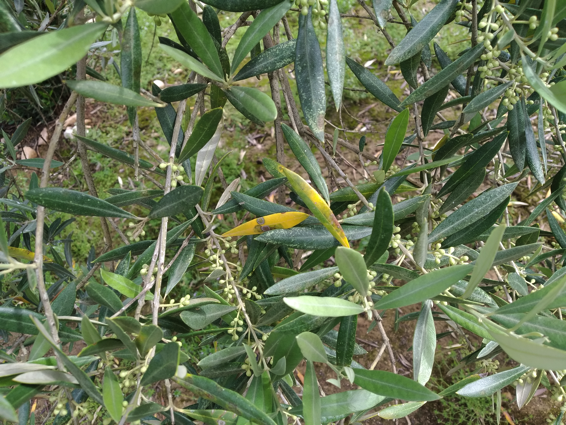
Those treatments applied in the early stages, after harvesting and pruning, are preparatory treatments whose objective, among others, is to adapt the olive tree so that it offers good flowering. Depending on the variety and the climate of each area, between late winter and early spring, the buds begin to come out of their dormancy, beginning their growth towards new shoots or inflorescences. The destination of the buds towards a flower or vegetative bud was already explained in our Cultinews of May 2020.
Therefore, March and April are key months to provide the olive tree with essential nutrients to achieve good flowering and good vegetative growth, a productive base for the following year’s harvest. Thus, the contributions of essential nutrients, both macro, and micronutrients should not be neglected and, also, bio stimulants come into play here, which come to cover the complementary needs of the olive grove. Its effect has a positive impact on the yield and quality of the harvest as well as on the “resilience” of the tree subjected to different types of abiotic stress, providing the capacity for resistance and recovery in extreme situations. Besides, in certain phenological phases such as flowering, fruit set, the fattening of the olive, or its maturation, the olive tree can have a significant increase in needs. It is, in these states, when it is necessary to act to cover the metabolic needs of the plant with the help of biostimulants. Depending on the phenological phase in which the olive tree is, the biostimulant must be the companion of another nutritional agent.
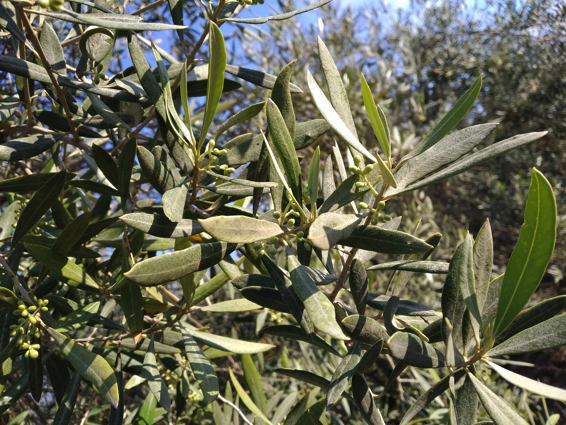
Summing up our Cultinews of May 2019 we must differentiate between biostimulants based on algae or based on amino acids:
- Algae, in addition to bio stimulating action, have fertilizing properties, because they release nitrogen slowly and are also rich in microelements, vitamins, and plant phytohormones. Some even act at the level of induction in the development of natural defense mechanisms and the immune system of plants.
- Amino acids, which suppose an energetic stimulation in the moments of greatest demand of the crop, promote the synthesis of proteins and intervene in specific processes to favor the synthesis of phytohormones and chlorophyll, they act causing an additional increase in photosynthesis, they are an osmotic agent of cell cytoplasm that helps to open the stomata and regulates the water balance of the plant, strengthening cell walls and helping to rebuild plant tissues, promote sprouting and vegetative development, increase sap circulation and reduce the time required for the plant for the healing of plant tissues, due to its high capacity as a cytological regenerator, etc.
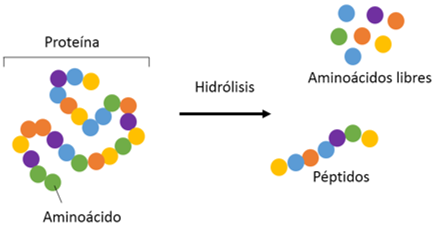
But in addition to biostimulants, which help the olive tree in critical periods or with high metabolic requirements, the plant must synthesize glucose (sugar) * through photosynthesis, from water and carbon dioxide, and with the intervention of sunlight. and other mineral elements. The sugars synthesized through biochemical reactions become part of the plant structure, as is the case of cellulose, or they become reserve substances such as starch. Sugars, on the other hand, facilitate the assimilation of nutritive elements and their transport through the plant, since they reduce osmotic pressure, thereby improving their entry into plant tissues. In times of stress, either due to adverse weather conditions or critical moments in its growth, the plant needs a lot of energy to be able to carry out physiological processes. In these circumstances, the additional contribution of sugars is crucial since it represents energy savings for the plant by incorporating them directly into the sap without having to synthesize them.
We must also review the importance of the nutritional requirements of the olive grove for this time of year. Assuming that a fertilizer plan has been developed and NPK needs have been met, we cannot neglect the requirements in other macronutrients and micronutrients.
- Nitrogen. This element covers countless functions in the plant and is a constituent of many organic compounds such as amines, amides, sugars, pigments, amino acids, proteins, and enzymes, as well as chromosomes. It is highly mobile within the plant, since its forms are translocable, generally to the growth points.
- Phosphorus. In the plant, it is present in constitutional compounds (phosphate sugars, nucleic acids, phospholipids, and coenzymes) and energy transporting compounds (ATP, NADP, FAD).
- Potassium. It is generally concentrated at the growth points, playing an important role in maintaining the stability of cell membranes. Also, among many other functions, it regulates stomatal opening and closing, playing an important role in water regulation and cell turgor.
- Calcium. It is a structural element in the plant, essential in cell walls, and required to achieve the integrity and stability of the membranes.
- Magnesium. An element that intervenes in many enzymatic reactions, as an activator, and of great importance in that it forms the nucleus of the chlorophyll molecule.
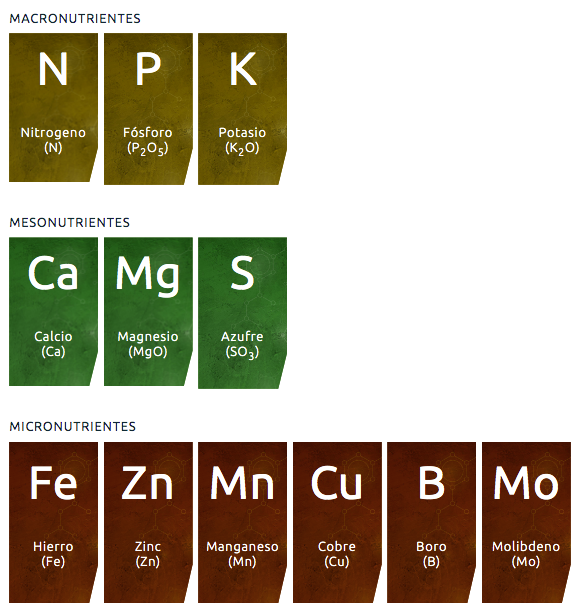
In the case of micronutrients, it would be convenient to clarify the importance and functionality of some of them:
- Iron. Very important as an enzyme activator and essential for the formation of chlorophyll precursors.
- Manganese. It is an activator of several enzyme systems related to carbohydrate and fatty acid metabolism, phosphorylation reactions, and nucleic acid formation (DNA, RNA). It is involved in the photolysis of water in photosynthesis, as well as in the synthesis of sucrose (sugar) in the plant.
- Zinc. This element is involved in the synthesis of some amino acids. The most relevant function of zinc in plants is that of an enzyme activating metal, among which the synthesis of auxins (indoleacetic acid) stands out.
- Molybdenum. It is involved in the accumulation of nitrates and an evident decrease in the oxidase activity of ascorbic acid. Nitrogen fixation and reduction are prerequisites for the synthesis of amino acids and proteins, and a deficiency of molybdenum has adverse effects on them.
- Boron. Multifunctional element: intervenes in the synthesis of the cell wall and the metabolism of carbohydrates, involved in the transport of sugars, influences cell growth and elongation as a hormonal regulator, plays an essential role in the formation of amino acids and the synthesis of protein, and above all, is closely related to the quality of pollen and the germination capacity of the pollen tube.
During flowering, pollination takes place, that is, the transfer of pollen from the anther of the flower to the receptive stigma of the same or another flower. For the fertilization of the flower to take place, the pollen tube has to travel the path that leads from the stigma to the interior of the embryo sac, where fertilization will take place giving rise to the future seed and with it, to the conversion from flower to fruit. Boron application is necessary for olive trees at the beginning of the vegetative activity, before flowering, as well as at the beginning of fruiting, to improve the quality of pollen and the growth of the pollen tube, it participates in the division and growth cellular (hence its deficiency at the foliar and fruit level, is shown with malformations).
Zinc, for its part, participates in the production of growth regulators responsible for the elongation of the internode and the development of chloroplasts. It is also used by the plant for the formation of chlorophylls and some carbohydrates and improves resistance to low temperatures. Its deficiency significantly reduces growth and productive potential.
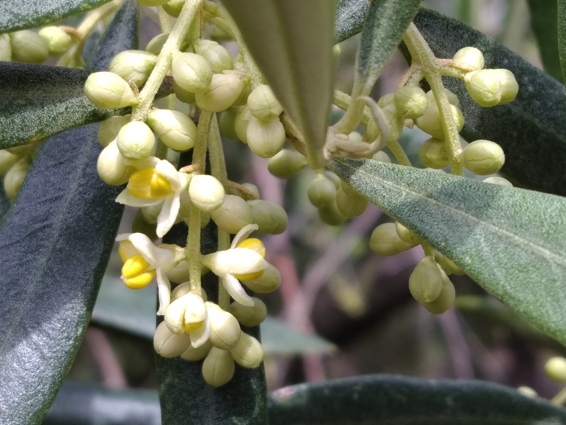
Taking into account the information contained in this article, the recommendation to improve vegetative growth, as well as flowering and fruit set in olive trees, would be the following:
- Fungicide, for the prevention of fungal diseases. Depending on the weather conditions we will use one active substance or another, ranging from a simple copper oxychloride (different concentrations) to a systemic fungicide.
- Insecticide, if the thresholds of the pest in question make its use advisable.
- NPK, depending on the subscriber plan.
- Biostimulant, to cover the complementary needs of the olive grove.
- Boron and zinc, as essential and specific micronutrients to improve flowering and fruit set, as well as vegetative growth.

But, which biostimulant to choose in each case?
- BVC 2021. It is a metabolic activator of the plant even in adverse conditions (temperature, lighting, wind, etc.), based on amino acids and algae in emulsion, also containing nitrogen, potassium, and reducing sugars *. It increases the rate of photosynthesis, improves the assimilation and translocation of nutrients, increases the synthesis of amino acids, peptides and proteins. It promotes the initiation of the physiological activity of the plant and exerts a multifactorial control in flowering, thanks to its powerful cytokinin effect. And now its formula has been improved by CULTITEK Activating Biotechnology, further reinforcing its effect on chlorophyll biosynthesis and photosynthetic activity.
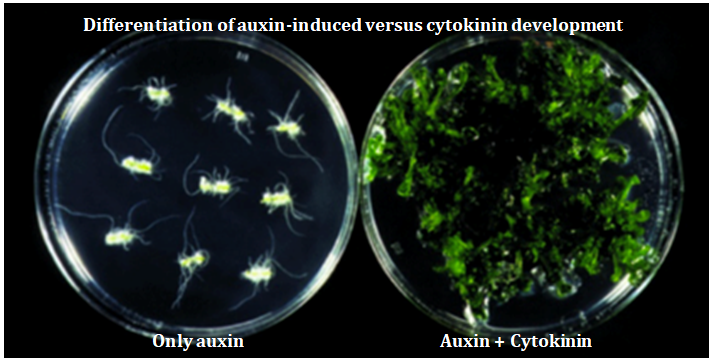
- AMACOL. It is a biostimulant with free amino acids of animal origin, which has a high percentage of reducing sugars * (25% w / w) that provide energy and promote rapid absorption by the plant. This product is designed to stimulate all stages of plant development; be it post-transplant adaptation, vegetative development, flowering, fruit set, or fruiting. It is also a very effective product to overcome stressful situations of all kinds (hail, frosts, torrential rains, drought, phytotoxicity, etc.).
- Foliton. It is a biostimulant with a high content of proteinogenic L-amino acids, both free and combined in the form of peptides and polypeptides, which allow the olive tree to save energy in the formation of proteins, especially when there are high nutritional requirements. It is a liquid formulation with rapid assimilation and translocation in the plant. Its application represents a strong stimulation of plant metabolism at times when it is required to increase vegetative activity. The joint action of the components of its formulation favors the synthesis of proteins and carbohydrates, promotes the beginning of the physiological activity of the plant, stimulates the formation of leaves and flowers, improves the quality of the fruits, and homogenizes their size and maturation.
- CULTIMAR PLUS. It is an emulsion based on an algae complex that provides easily assimilable active ingredients (plant phytohormones, essential oils, sugars *, proteins, mineral salts, and vitamins). It contributes to improving vegetative development and production, with the particularity of delaying the senescence of the fruits and helping to overcome stressful situations. Its composition makes it a highly versatile biostimulant. Thanks to the magnesium, sulfur, and boron in its formulation, it is ideal to improve flowering and fruit set, but it is also suitable to stimulate growth at the beginning of the vegetative activity or to facilitate the fattening of the olive, its maturation, and increased fat yield. CULTIMAR PLUS also has certification for its use as an input in Organic Agriculture (CAAE).
Regarding the recommended deficiency correctors:
- CULTIBORO PLUS. Boron liquid formulation, complexed with ethanolamine and reducing sugars *, easily assimilated. Recommended to improve flowering (pollen tube and pollen quality) and fruit set, as well as to induce root growth and the renewal of absorbent hairs, because it is involved in cell division and acts as a precursor of certain hormones. This element is usually in deficient levels in calcareous and easily leachable soils or in light soils, which induces its deficiency. CULTIBORO PLUS is another of our certified organic products (CAAE).
- CULTIFORT Zinc-Boron. A liquid formulation of easily assimilated zinc and boron, chelated with EDTA, polycarboxylic acids, and reducing sugars *. Recommended to avoid reduced growth, defoliation, poor development of the terminal bud, as well as to improve fruit set and prevent malformations in the fruits.
In short, at Cultifort we offer a wide range of nutritional solutions with specific functions aimed at improving crop yields efficiently and ecologically. Also, our catalog only includes “zero waste” products.

